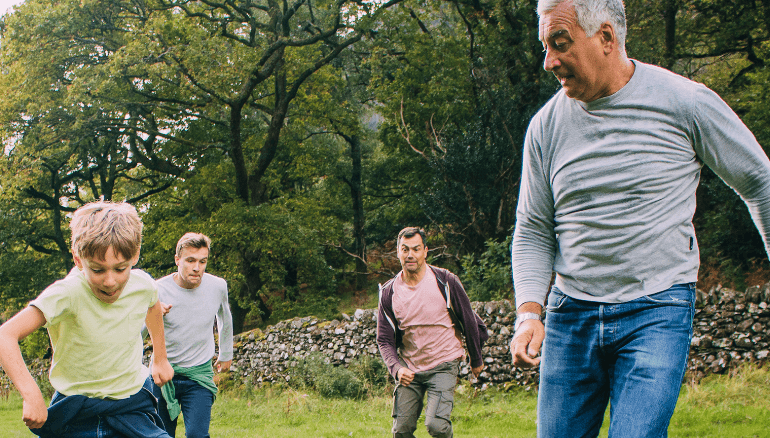Weaker muscle strength is an unfortunate side effect of aging, but regular exercise can help to ensure your body performs its best throughout the later years.
The muscles of the pelvic floor, which run from the coccyx (your tailbone) to the pubis (the bony part of the front of your pelvis) to support the internal organs, can weaken with age. These muscles help to control the release of urine, faeces, and gas, so if the pelvic floor muscles weaken these bodily functions may be affected.
Pelvic floor exercises are generally promoted for women because the pelvic floor muscles and ligaments can weaken and stretch with pregnancy and childbirth, but men can also benefit from practicing them too.
Constipation, obesity, chronic coughing, heavy weightlifting, and high-impact exercise can cause the pelvic floor muscles to weaken over time.
The benefit of pelvic floor exercises is that they can help to improve bladder control and bowel function and may also increase sensation during sexual activity. These exercises may reduce the risk of prolapse (when the reproductive organs, bladder, colon, and rectum sag down from their usual position in the body) and can help aid recovery from prostate surgery.
Who should consider doing pelvic floor exercises?
All men should consider incorporating pelvic floor exercises into their routine. Men who should be including pelvic floor muscle exercises include:
1. Men who have undergone prostate surgery, or know they will have prostate surgery in the future
2. Men who have a chronic cough
3. Men who lift weights.
How do you locate your pelvic floor muscles?
Before starting pelvic floor exercises, you need to know where your pelvic floor muscles are.
If you are having difficulty locating these muscles or are unable to stop your stream of urine, consider speaking to your doctor or a physio specialising in pelvic floor health as it could mean that the muscles have become too weak to function properly.
How to do pelvic floor muscle exercises
You can do the exercises lying down, sitting, or standing. Try staying in one position throughout the exercise for best results.
Building your pelvic floor muscles is like building your cardio or resistance fitness — practice makes perfect. If you are not able to maintain the squeeze for 8 seconds, do not feel disheartened, you will get there. Focus your energy, a few good squeezes are better than none.
Bear in mind that this guide is not tailored to your specific needs.
If you have trouble getting the hang of it, you may need to visit your doctor or a physio who specialises in pelvic floor health for specific recommendations and guidance.
If you regularly have problems with bladder or bowel control and these don’t improve within 3 months of doing these exercises, you should visit your doctor to talk about further steps that might be necessary to help with your symptoms.
For more information on pelvic floor health and incontinence, visit the Continence Foundation.











